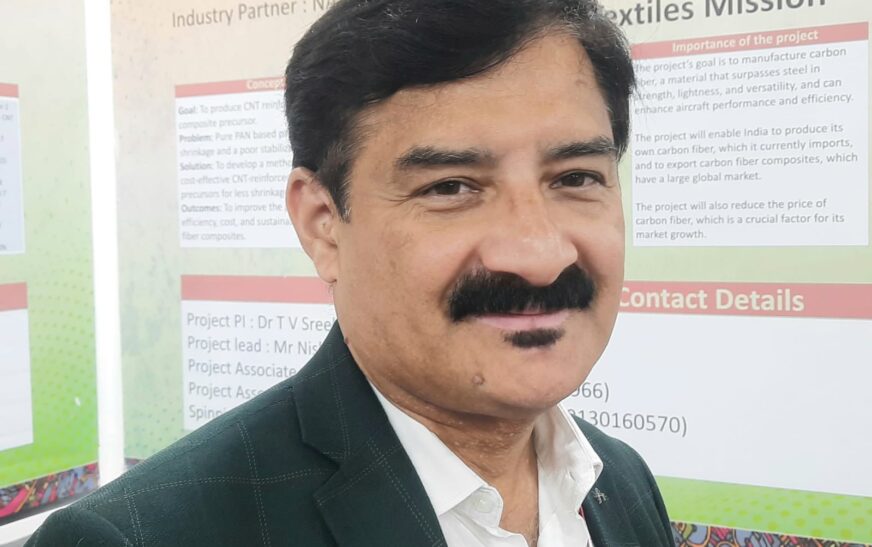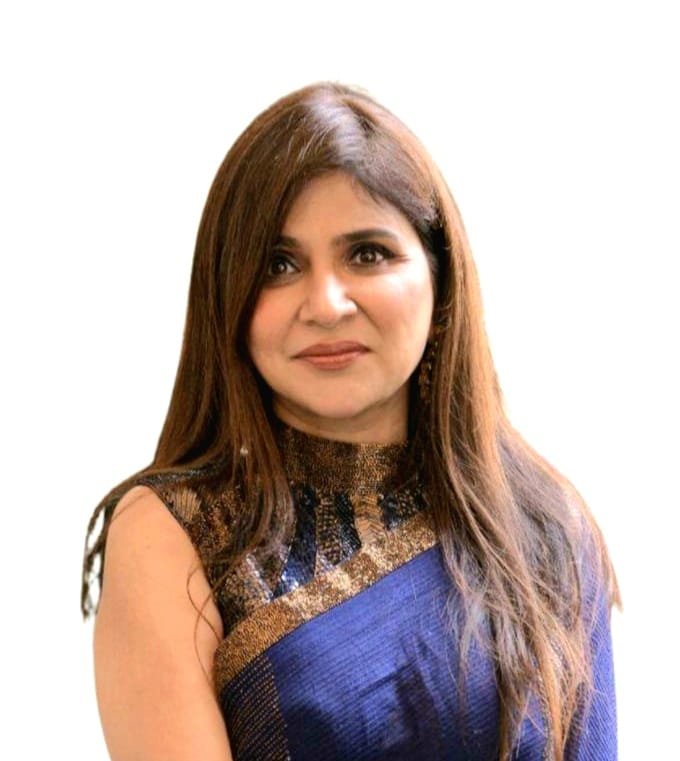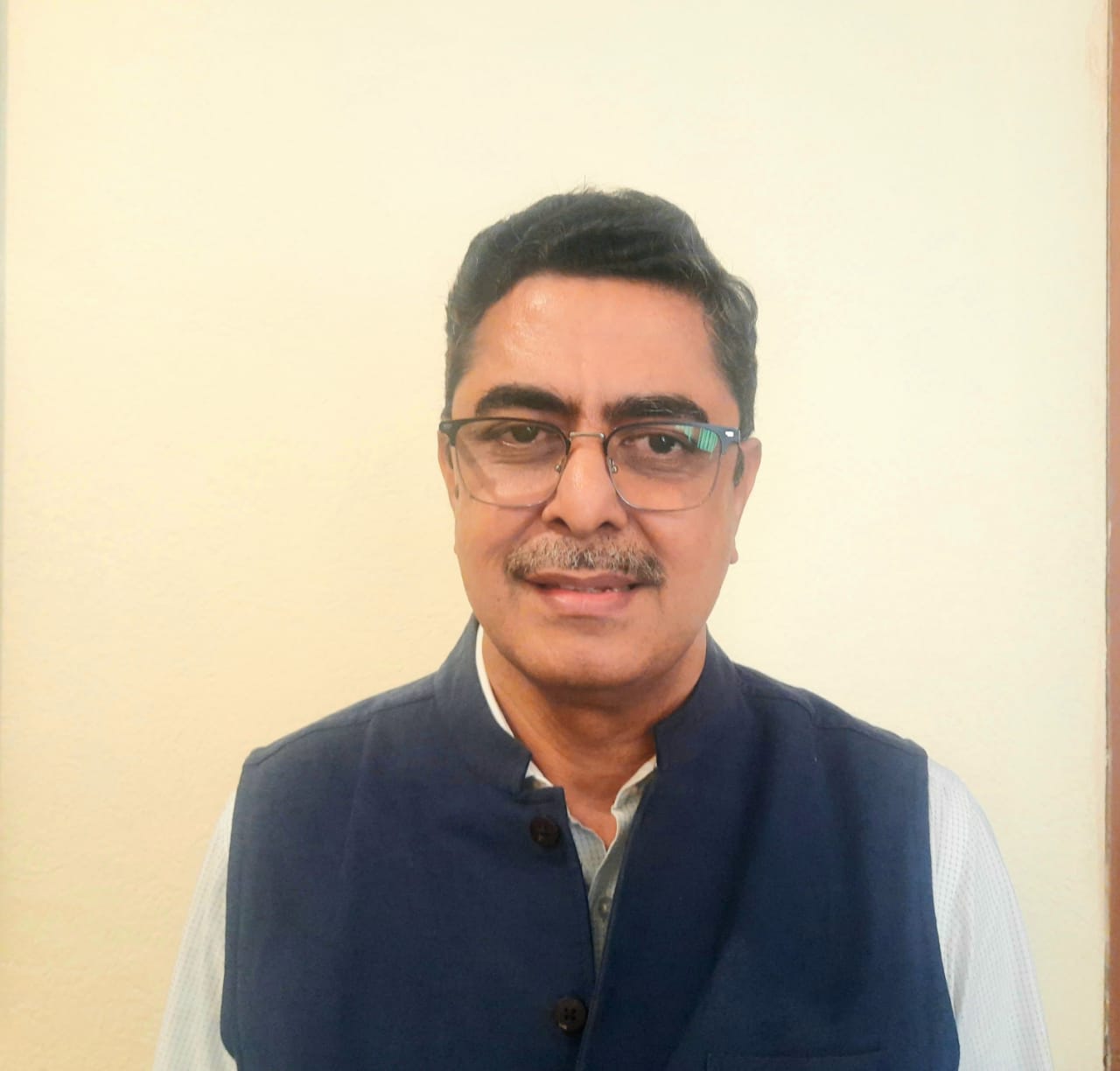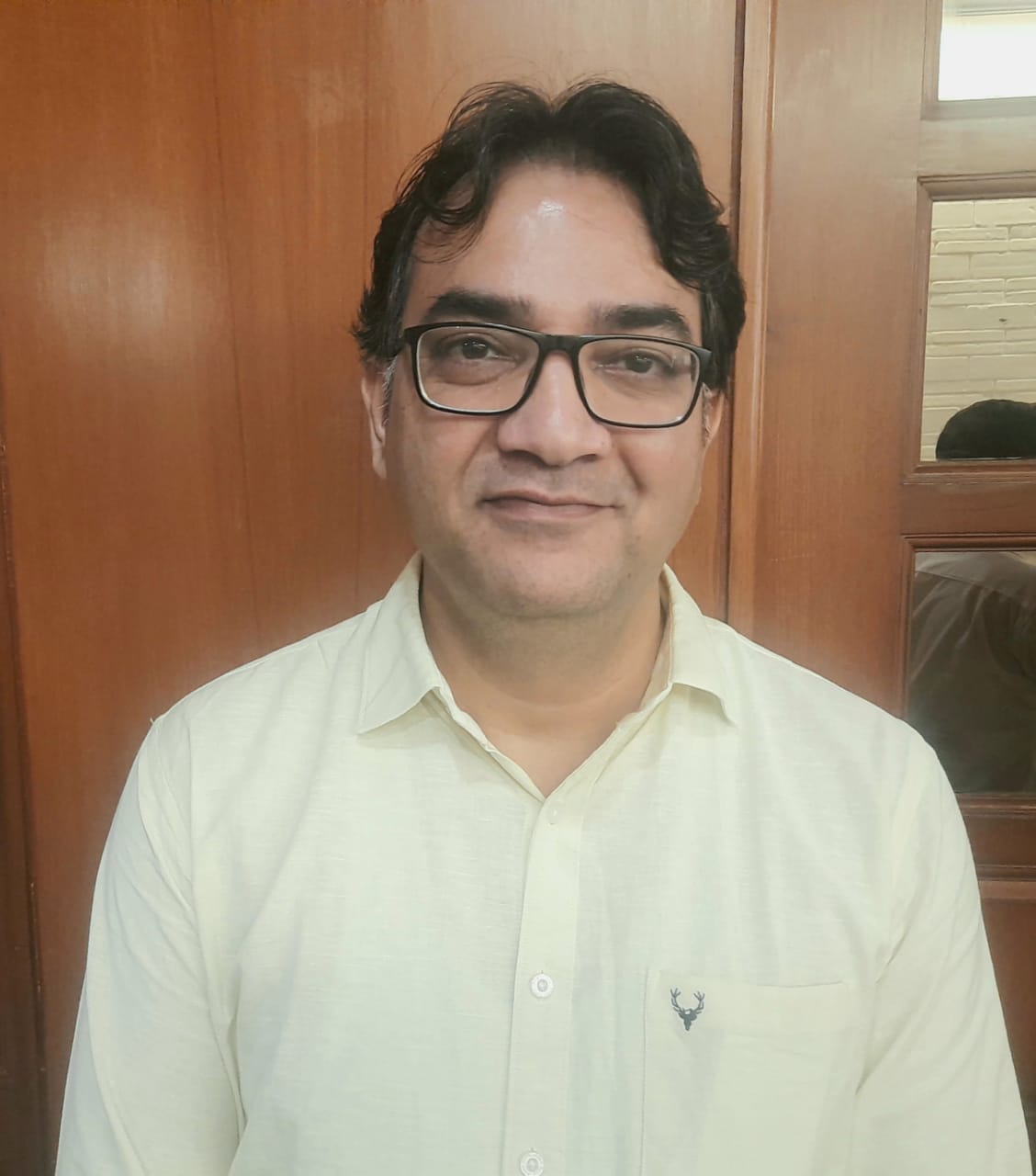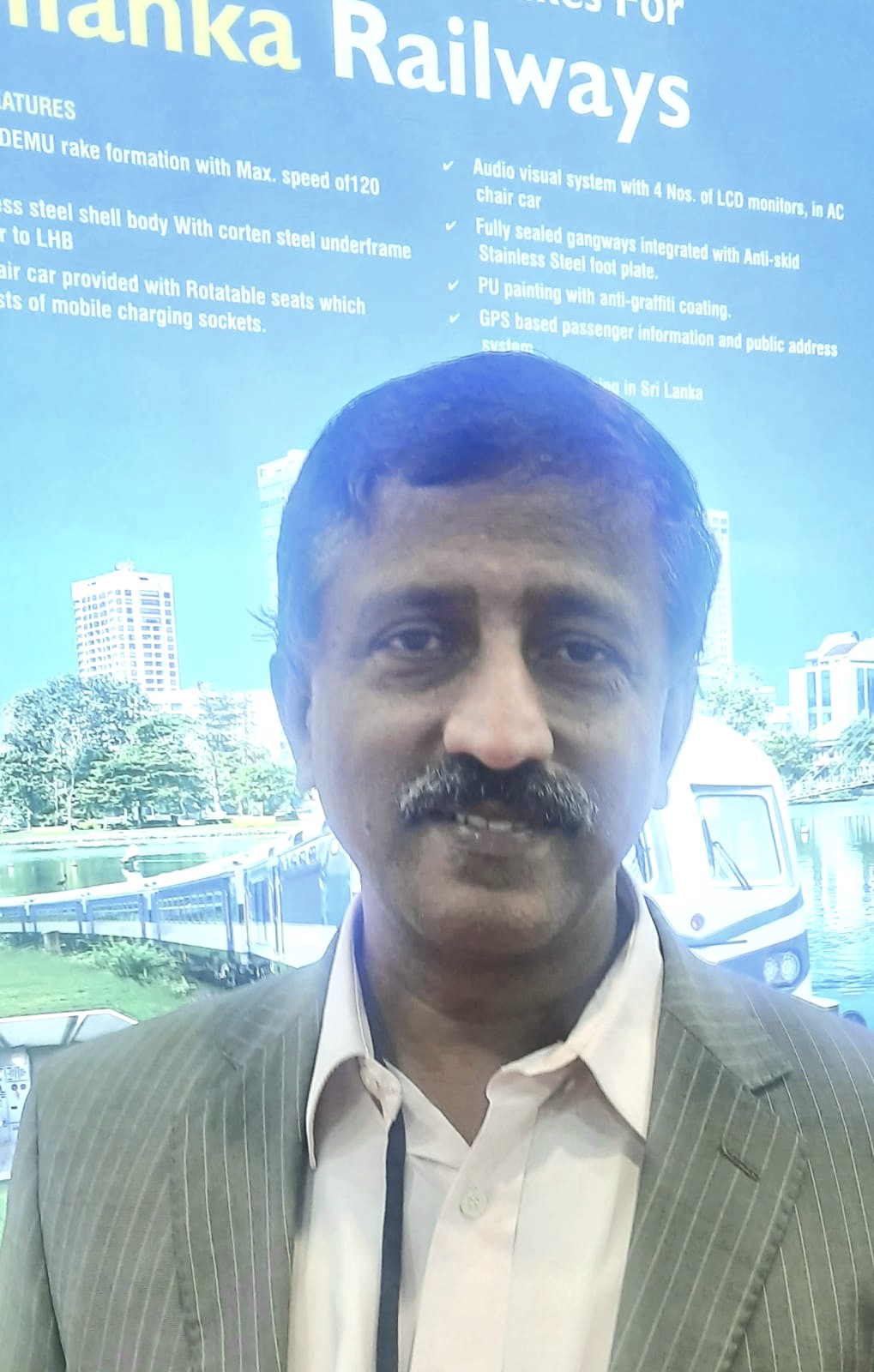Established in 1954 by the Government of India in collaboration with industry associations, the Bombay Textile Research Association (BTRA) stands as a stalwart in the realm of textile research and advancement in high-performance carbon fiber innovation. Its founding mission was to invigorate research efforts, conduct meticulous testing, provide invaluable consultancy services, and furnish certification in a wide spectrum of materials, spanning textiles, polymers, fibers, and allied domains.
Presently, BTRA operates with partial financial backing from the Ministry of Textiles, Government of India, a testament to its integral role in the nation’s textile landscape. Moreover, its laboratories enjoy official endorsement and recognition from the Ministry, positioning BTRA as a trusted authority in the field. Noteworthy among its accolades is the distinction of being designated as India’s inaugural Ministry of Textiles-funded Center of Excellence (CoE) for geotextiles. This recognition has cemented its status as a premier destination for technical textile expertise, not only within India but also in the neighboring regions.
In an exclusive interaction with The Interview World, Dr. T. V. Sreekumar, the esteemed Director of BTRA, provided illuminating insights into the institute’s multifaceted research and development initiatives. Dr. Sreekumar underscored BTRA’s significant contributions to advancing high-performance carbon fiber and elucidated its diverse applications across various industries. He further emphasized how BTRA’s endeavors fulfill the government’s strategic vision, particularly in the context of domestically manufacturing high-performance carbon fiber, thereby fostering self-reliance and technological advancement. Here are the key takeaways from his insightful interview.
Q: What advancements and developments in high-performance carbon fiber is your organization currently undertaking within its R&D initiatives?
A: We’re currently investigating the integration of carbon nanotubes (CNT) into acrylic precursors to enhance carbon fiber production. This initiative stems from the National Technical Textile Mission (NTTM). The primary objective is to address India’s reliance on imported high-performance fibers such as Kevlar Para-Aramid, Nomex Meta-Aramid, Vectran, carbon fiber, high-density polyethylene polymers, and high-density polyethylene fibers.
India’s imperative to achieve self-sufficiency in these materials is what propels this project forward. Consequently, we’ve embarked on this endeavor to domestically produce these fibers. Specifically, for carbon fiber production, we’ve already installed the necessary machinery. Our operations include manufacturing 3K, 1K, and 4K filament toasts, with 1K filament being particularly scarce and primarily utilized in rocket and missile applications.
Having achieved technological readiness, this high-performance carbon fiber project marks a significant milestone. The culmination of our efforts means that any industry can readily adopt this carbon fiber technology. Our successful demonstration underscores the feasibility and potential impact of our advancements.
Q: What is the current stage of progress for this carbon fiber project?
A: We’ve successfully optimized the polymer, developed the precursor, and conducted rigorous carbonization studies, laying the foundation for producing superior-grade carbon fiber. With our machinery installed five months ago, we can make significant strides toward our ambitious target of matching the quality of carbon fiber T-700 within the next twelve months. Our ultimate aim is to make this innovative technology readily available for commercialization, opening doors for widespread use and applications. To achieve this, we eagerly seek partnerships with individuals or organizations capable of leveraging our advancements and bringing them to market effectively.
Q: What are the potential applications and industries that could leverage carbon fiber for their products?
A: High-performance carbon fiber is highly sought-after in numerous industries, including aerospace, sports, automotive, and composites like medical equipment manufacturing. Its versatility is evident in a wide array of applications, ranging from missiles and rockets to airplanes, exoskeletons, tennis rackets, prosthetics, artificial limbs, defence materials, and satellites.
Specifically, carbon fiber plays a critical role in missile production due to its exceptional combination of lightweight properties and high strength. Without these fibers, the feasibility of constructing advanced missile systems would be greatly compromised, given the stringent requirements for lightweight yet durable materials in this domain.
Furthermore, their utilization extends beyond military applications, finding use in various civilian sectors where lightweight and strong materials are essential. From enhancing sports equipment performance to enabling advancements in medical technology, the impact of high-performance carbon fiber resonates across a diverse range of industries, driving innovation and pushing the boundaries of what is achievable.
Q: What is the current demand for carbon fiber in India and what are the associated manufacturing costs?
A: The demand for high-performance fiber in India annually ranges from 1000 to 1500 tons, pivotal in numerous composite industries. Establishing a plant capable of producing 1500 tonnes per annum could entail an approximate investment of Rs. 500 crores. These fibers are integral components in various applications, highlighting the significance of meeting the substantial demand within the Indian market.


